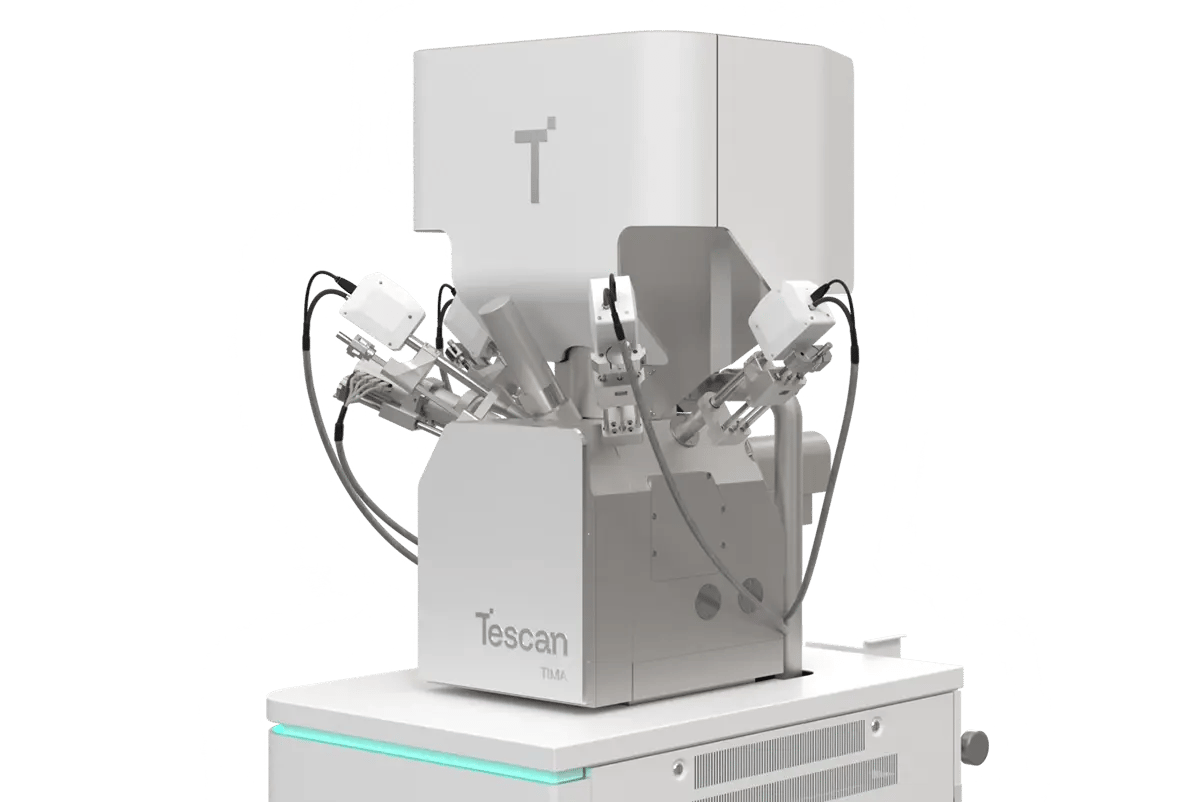Tescan TIMA
TESCAN TIMA combines compositional and textural analysis to support both exploration and beneficiation planning, making it a key tool in lithium resource evaluation.
- Maps mineral composition, particle associations, and liberation
- Identifies lithium carriers via proxy elements when Li is below EDS detection
- Suitable for spodumene, lepidolite, and rare-metal pegmatite characterization










